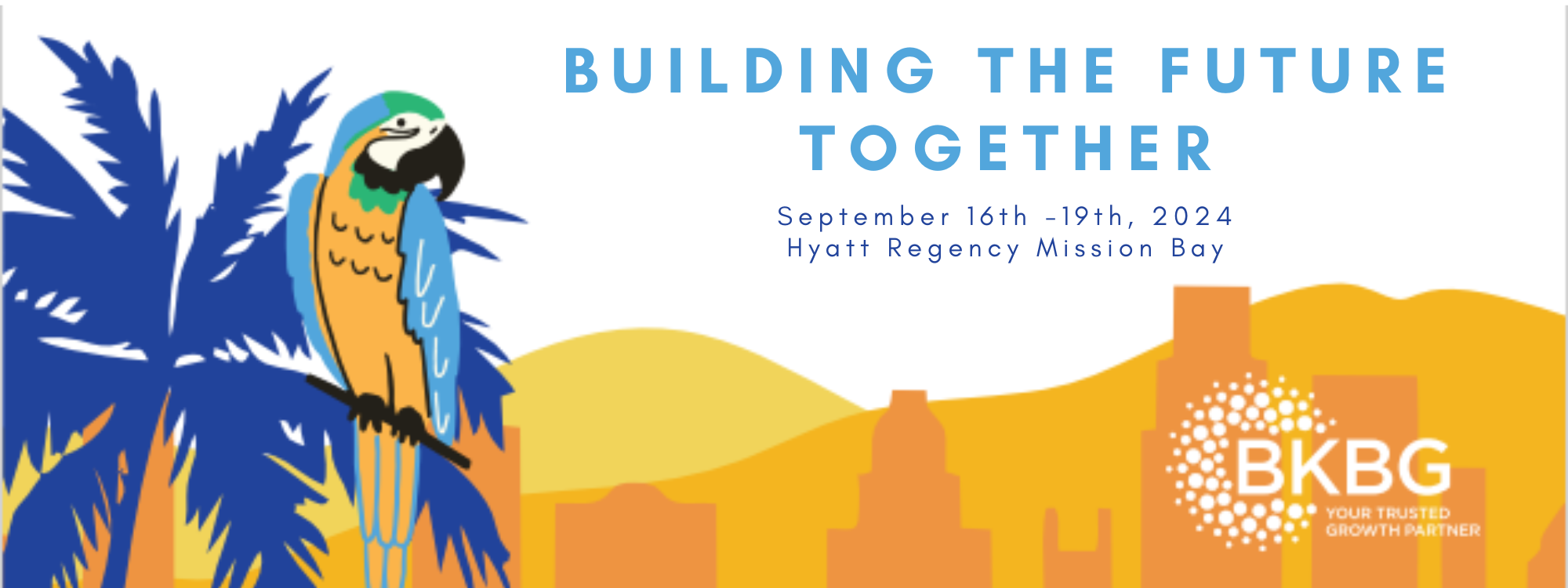Slow Down You Move Too Fast

Thinking fast and thinking slow are two distinct cognitive processes articulated by Nobel Prize winner Daniel Kahneman. These processes represent different ways the mind makes decisions and solves problems.
Thinking fast refers to intuitive, automatic, and quick decision-making. It relies on heuristics, mental shortcuts, and patterns to make rapid judgments without extensive deliberation. This type of thinking is efficient and helps us navigate the world swiftly. Not a lot of thought is necessary when you order coffee at Starbucks.
Thinking slow involves deliberate, analytical, and conscious reasoning. It requires more cognitive effort, careful consideration of information, and often leads to more accurate but slower decisions. Thinking slow is essential for complex problem-solving and critical thinking.
The challenge to entrepreneurial owners and leaders of kitchen and bath showrooms is to recognize when slow thinking should take precedence. It’s easy to shoot from the hip, immediately react to different situations and scenarios and not take the time or put forth the effort that slow thinking requires. Slow thinking is arduous. It’s difficult but necessary. In a recent Wall Street Journal article Bob Sutton identifies eight business challenges that require slower thinking.
First is an irreversible decision. Irreversible showroom decisions may involve dropping a line or major vendor, merging or selling your showroom, saying goodbye to a top producer who leaves for a better opportunity, and investing in a new ERP or CRM system, etc. These decisions cannot be spur of the moment.
Solving complicated problems is another challenge requiring slow thinking. This may involve replacing a long-term client because of their demands, treatment, or profitability does not make continuing worth it.
Creative work also requires slow thinking. Developing creative and novel designs, solutions to problems, strategies, etc. is not easy nor can those solutions be developed quickly. Creativity is not efficient. If you want to make a design to exceed your client expectations, you need to put in the work.
Slowing down will help showrooms mitigate biases and stereotypes that can lead to prejudging prospective clients and their budget capabilities.
Connecting with customers requires a measured, thoughtful approach. This can be a two-edged sword in a showroom where designers and sales professionals are tasked with increasing the number of projects that they bring in. Speed does not usually result in the creation of raving fans.
Taking time to smell the roses helps improve relationships, mental and physical health, and creative problem-solving. At the height of COVID, many showrooms had more projects and demand than they could effectively handle. Team members were stressed. Time to reflect or slowdown was not an option. Even though business was great, people were not. That’s why many researchers have found that taking time to enjoy life is good for you. Gretchen Rubin, author of The Happiness Project advises that showroom owners should encourage their team members to develop a “ta-da” list that encourages them to list their accomplishments, people whose lives they have made better, and ways they have exceeded their clients’ expectations.
We can all benefit from Simon and Garfunkel’s 59th Street Bridge song:
“Slow down, you move too fast. You got to make the morning last. Just kicking down the cobblestones. Looking for fun and feelin' groovy… I got no deeds to do. No promises to keep
I'm dappled and drowsy and ready to sleep. Let the morning time drop all its petals on me
Life, I love you. All is groovy.”

